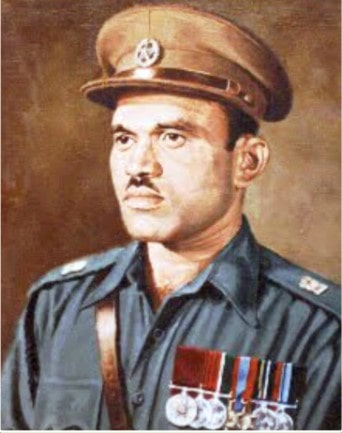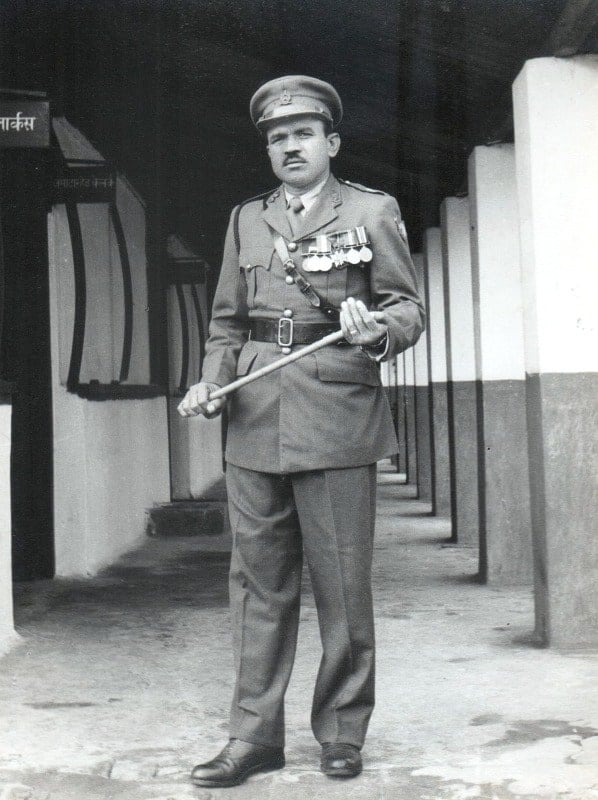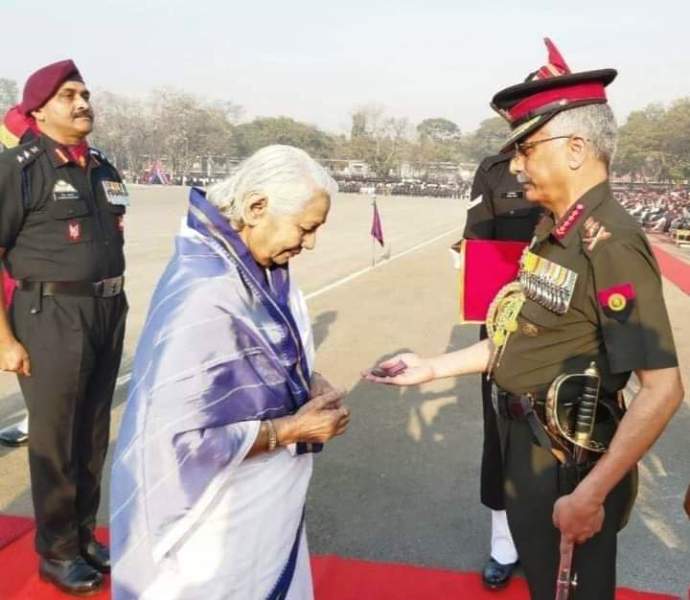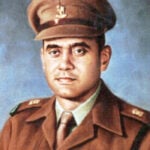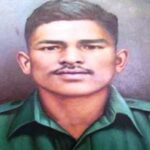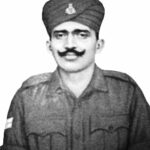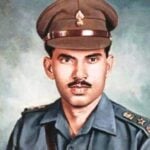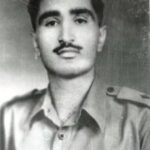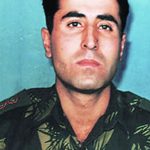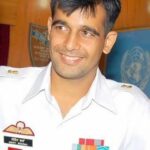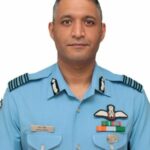Major Rama Raghoba Rane Wiki, Age, Death, Wife, Family, Biography & More
Quick Info→
Age: 76 Years
Marital Status: Married
Wife: Rajeshwari Rane
| Bio/Wiki | |
|---|---|
| Profession | Army Personnel |
| Famous For | First living Param Vir Chakra recipient |
| Military Service | |
| Service/Branch | Indian Army |
| Rank | Major |
| Service Years | 10 July 1940 - 25 June 1968 |
| Unit | Bombay Engineering Group (The Bombay Sappers) |
| Service Number | IC-7244 |
| Career Ranks | • Second Lieutenant (15 December 1947) • Lieutenant (14 January 1950) • Captain (14 January 1954) • Major (at the time of retirement) |
| Career | |
| Awards, Honours, Achievements | • The Param Vir Chakra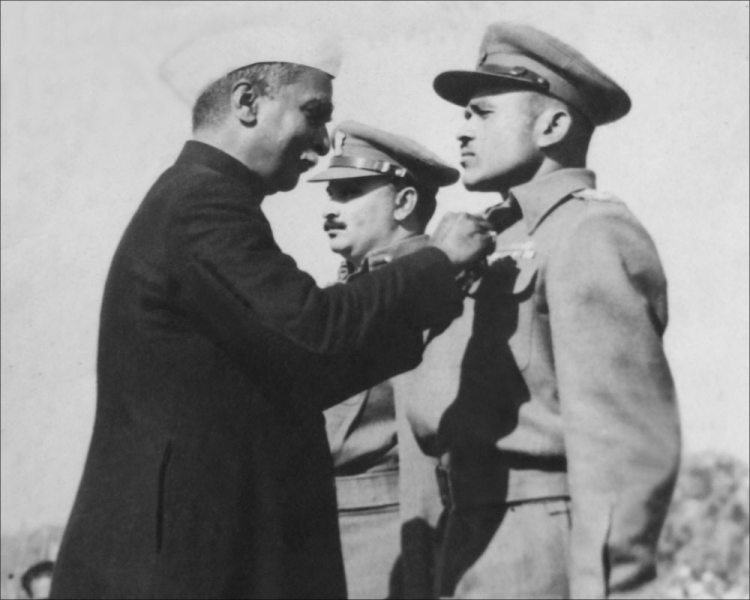 • Mentioned in dispatches 5 times • Oil tanker of SCI has been named after Rama Raghoba Rane • His bust has been installed at the naval museum, INS Chapal at Karwar 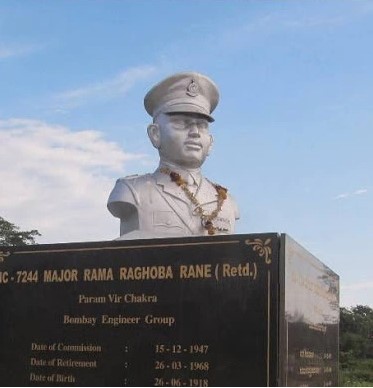 |
| Personal Life | |
| Date of Birth | 26 June 1918 (Wednesday) |
| Age (at the time of death) | 76 Years |
| Birthplace | Chendia Village, Karwar District, Madras Presidency (now Karnataka) |
| Zodiac sign | Cancer |
| Nationality | Indian |
| Hometown | Chendia Village, Karwar District, Karnataka |
| Caste | Konkan Kshatriya Maratha [1]Guns, Guts and Glory: Stories from the battlefield by Rachna Bisht Rawat |
| Address | 23, Uashwant Nagar, Rane Circle, Ganeshkhind Road, Pune, Maharashtra – 411007, India |
| Relationships & More | |
| Marital Status | Married |
| Marriage Date | 3 February 1955 |
| Family | |
| Wife/Spouse | Rajeshwari Rane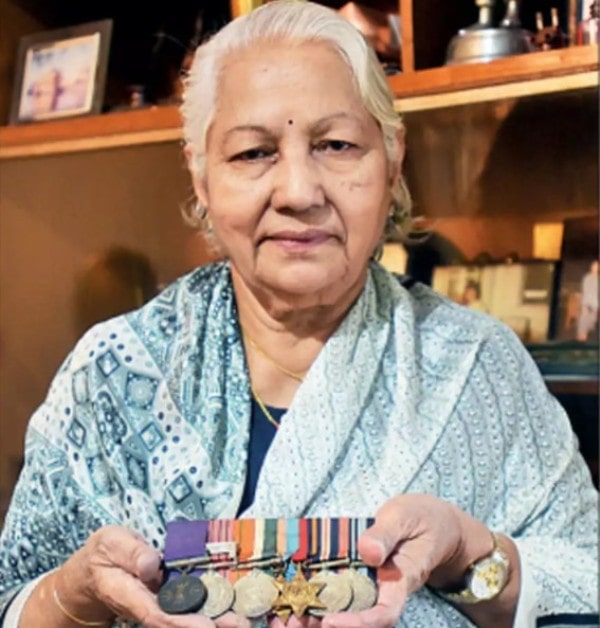 |
| Children | He had 3 sons and 1 daughter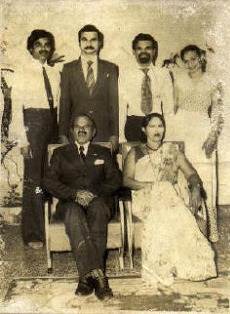 |
| Parents | Father- Raghoba P. Rane (retired police constable) Mother- Devika Devi |
Some Lesser Known Facts About Rama Raghoba Rane
- Major Rama Raghoba Rane was a commissioned officer in the Indian Army. He served during the Indo-Pakistan War of 1947-48 and was awarded the nation’s highest gallantry award, the Param Vir Chakra. It was because of his brave actions; that the Rajauri District of Kashmir was captured by the Indian Army. Major Rama Raghoba Rane died on 11 July 1994 due to natural causes.
- Rama Raghoba Rane as a child was not able to concentrate on his studies, as his father was in the police force, and had to move around different parts of the state.
- As a youngster, Rama Raghoba Rane was greatly influenced by Mahatama Gandhi’s call for the non-cooperative movement. He himself participated in several protests; asking for an end to the British rule. [2]News NCR
- Rama Raghoba Rane was sent back to his ancestral village by his father, in an effort to keep him away from any sort of trouble. [3]Param Vir: Our Heroes in Battle by Major General Ian Cardozo
- On 10 July 1940, when Rane was just 22 years old; he decided to contribute to the British war effort against the Japanese forces, as a result of which he got enrolled in the Bombay Engineering Group as a Sepoy.
- As an under training recruit, Rane was awarded the ‘Best Recruit’ trophy and was also presented with the Commandant’s Cane.
- Rane after completing the training was sent to the Eastern front. Where he quickly rose to the rank of Naik.
- While serving in Myanmar, Rane and his team were ordered by their commander to stay back and destroy certain important assets while covering the retreating troops. They were promised that they would be evacuated by a naval ship, but the ship never came to their rescue.
- Rane took the responsibility of evacuating his men safely back to the allied lines. As a result of which, he decided to cross the Buthidaung river by himself.
- The coast of the Buthidaung river was being patrolled by the Japanese troops. It became very difficult for Rane to lead his men to safety without being detected.
- Using his superior navigational skills, Rane led his men past the patrolling Japanese troops and was able to reach the safer lines along with his men.
- During the Second World War, Rama Raghoba Rane is also said to have shot down a Japanese Airforce plane with the help of his Light Machine Gun. [4]The Brave: Param Vir Chakra Stories by Rachna Bisht Rawat
- His superiors were deeply impressed by his leadership capabilities and decided to promote him to the rank of a Havildar.
- As the war progressed, Rane was further promoted to the rank of a Subedar and when India got its independence, he was promoted to the rank of Second Lieutenant.
- During the Indo-Pakistan War of 1947-48, Rane was in charge of the 37th Field Assault Company. The objective of his company was to clear out the roadblocks laid by the enemy; so that the infantry troops and the column of tanks could move towards capturing Rajauri.
- On 8 April 1948, Rane and his company were out clearing the roadblocks, made of huge Pine trees and anti-tank mines, when they suddenly came under heavy mortar fire from the enemy, as a result of which, 2 of his men were killed while 5 others were injured, including Rane. The situation has been described in the book, The Brave: Param Vir Chakra Stories by the author Rachna Bisht Rawat as,
This is when Rane and his small team of Sappers are pressed into action. They start clearing the road blocks, but it gets dark soon and they are surprised by enemy fire. The Pakistanis have returned and are launching mortar bursts at the men trying to clear the road. In a stroke of bad luck, Rane loses four of his men. Sappers Abaji More and Raghunath More are killed; Sappers Sitaram Sutar and Keshav Ambre are badly wounded and later die in hospital, while a splinter hits Lance Naik M. K. Jadhav in the spine, paralysing him for life. Rane also gets a deep cut from a splinter that slashes his thigh but he refuses to be evacuated despite the heavy bleeding from his leg and asks only for first aid.”
- Rane knew that the enemy could see them in broad daylight, so he decided to work at night and since the roadblocks were difficult to be removed, Rane decided to make a safer diverged lane so that the tank and troops could move up to Rajauri.
- On 10 April 1948, having covered 13 kilometres, the advancing Indian column came to a halt because of a series of roadblocks. Rane and his company immediately swung into action.
- While clearing the roadblocks, Rane and his men came under heavy enemy machine-gun fire. Rane quickly devised a plan, which was to move a tank towards the roadblock and under the cover of the tank, Rane would continue working on destroying the roadblocks with the help of explosives.
- His idea worked, and soon Rane and his team destroyed the roadblocks, which aided greatly in the advance of the tank column and the infantry troops.
- The four days, that is, from 8 to 11 April 1948, turned out to be decisive in the capturing of the Rajauri District owing to the efforts of Rama Raghoba Rane. [5]Stories of Heroism: PVC & MVC Winners by BC Chakravorty
- Major Rama Raghoba Rane retired from the Indian Army in 1968, but he was re-employed by the army till 1971. [6]Param Vir: Our Heroes in Battle by Major General Ian Cardozo
- After receiving the Param Vir Chakra, Major Rane was called as a guest of honour at Shivaji High School, and it was here when he met his wife Rajeshwari Rane. [7]The Brave: Param Vir Chakra Stories by Rachna Bisht Rawat
- As a goodwill gesture, Rajeshwari Rane handed over Major Rama Raghoba Rane’s medal to his parent unit, The Bombay Sappers.
- Major Rama Raghoba Rane’s wife used to affectionately call him ‘Saheb’. [8]The Times of India
- During the violent 1962 communal violence, Major Rama Raghoba Rane was deployed at Calcutta to maintain the law and order situation. He is also known to have ventured several times alone into the dark alleys and streets at night. [9]Guns, Guts and Glory: Stories from the battlefield by Rachna Bisht Rawat
References/Sources:

